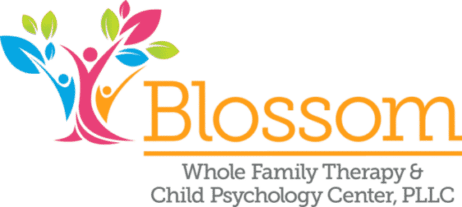 While many childhood fears and worry are a typical part of healthy child development, some children experience significant anxiety that interferes with their daily life. In fact, anxiety is the most common childhood mental health problem, with about 20% of children and adolescents experiencing persistent and excessive worry. However, some experts have suggested that anxiety disorders in children are undertreated, possibly because children tend to report only physical symptoms such as stomach and headaches, and not describe feelings of “worry” or “fear.”
While many childhood fears and worry are a typical part of healthy child development, some children experience significant anxiety that interferes with their daily life. In fact, anxiety is the most common childhood mental health problem, with about 20% of children and adolescents experiencing persistent and excessive worry. However, some experts have suggested that anxiety disorders in children are undertreated, possibly because children tend to report only physical symptoms such as stomach and headaches, and not describe feelings of “worry” or “fear.”
Untreated, children with anxiety disorders can experience impaired social relationships and school functioning, and disrupted family functioning. Early identification and treatment is imperative. Here are some common signs and symptoms.
Symptoms of separation anxiety include:
- Constant thoughts and intense fears about the safety of parents and caretakers
- Refusal to go to school
- Frequent stomachaches and other physical complaints
- Extreme worries about sleeping away from home
- Overly clingy
- Panic or tantrums at times of separation from parents
- Trouble sleeping or nightmares
Symptoms of phobia include:
- Extreme fear about a specific thing or situation (ex. dogs, insects, or needles)
- The fears cause significant distress and interfere with usual activities
Symptoms of social anxiety include:
- Fears of meeting or talking to people
- Avoidance of social situations
- Few friends outside the family
Other symptoms of anxious children include:
- Many worries about things before they happen
- Constant worries or concerns about family, school, friends, or activities
- Repetitive, unwanted thoughts (obsessions) or actions (compulsions)
- Fears of embarrassment or making mistakes
- Low self-esteem and lack of self-confidence
Effective Treatment
Cognitive behavioral therapy (CBT) is a structured approach to therapy that teaches specific coping skills. In the case of anxiety, the goals in therapy are to help the child feel less anxious and fearful, and to stop avoiding anxiety-provoking situations. Kids first learn that anxious thoughts lead to anxious feelings, which can then lead to avoidance of anxiety-provoking situations, and ultimately more anxious thoughts and feelings.
Once they understand how their thoughts, feelings, and actions are related, kids learn to use coping skills such as problem-solving, deep breathing, relaxation, and positive self-talk to reduce their feelings of anxiety.

